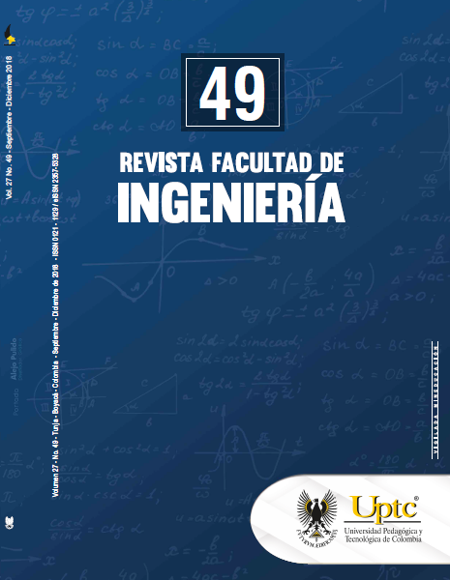Generation of electric power and air conditioning by cogeneration: a proposal for energy saving

Abstract
This paper presents the results of a case study carried out in a warehouse, and, in particular, the technical data obtained from field visits and a proposal for energy saving. The proposal entails incorporating a cogeneration system based on a motor generator (400 kWe ISO) to produce electrical energy, and an absorption cooling system (75 TR) that uses residual heat to generate air-conditioning. The absorption chiller consumed 54% less energy than the conventional air-conditioning system. Moreover, the produced energy can supply the plant’s total consumption, in addition to offering an excess of 57,312 kWh per month, which was reflected in the analysis of energy for sale to users with a high domestic consumption rate (DAC, for its Spanish acronym). The proposal’s total investment is USD 1,091,258, with a net monthly savings of USD 30,901, and an investment payback period of 2.9 years, which indicates the viability of this project according to its energy characteristics, notwithstanding that it is for a service provider company.
Keywords
absorption cooling, cogeneration, cost-benefit analysis, energetic consulting, energy savings
References
[1] S. M. Soler-Pérez, “Metodología general para la evaluación integral de la eficiencia energética en los centrales azucareros,” Tecnología Química, vol. 31 (1), pp. 40-46, 2011.
[2] Conuee and Giz, “Manual para la Implementación de un Sistema de Gestión de la Energía,” 2nd. Ed., Conuee/Giz, México, 2016. Available in: http://www.gob.mx/cms/uploads/attachment/file/119159/Manual_SGEn_Conuee_2da_Edicion.compressed.pdf.
[3] H. T. Ramírez, and G. A. Monforte, “Eficiencia de las estrategias de uso eficiente de energía eléctrica en hoteles de cinco estrellas en la ciudad de Mérida, Yucatán,” in XI Congreso internacional de investigación en ciencias administrativas, 2007.
[4] Calidad y Sustentabilidad en la Edificación A.C., “Código de la conservación de la energía para las Edificaciones en México,” CASESI, México, 2016. Available in: http://www.casedi.org.mx/quienes-somos/2-uncategorised.
[5] D. Staniaszek, and E. Lees, “Determining Energy Savings for Energy Efficiency Obligation Schemes,” RAP, 2012.
[6] M. A. Lozano, and J. Ramos, “Análisis energético y económico de sistemas simples de cogeneración,” Información Técnica, vol. 18(5), pp. 75-84, 2007.
[7] DOF, “Resolución por la que la comisión reguladora de energía expide la metodología para el cálculo de la eficiencia de los sistemas de cogeneración de energía eléctrica y los criterios para determinar la “Cogeneración Eficiente”,” México, 2011. Available in: http://www.cre.gob.mx/documento/2299.pdf
[8] M. F. Fernández, P. L. Huante, and C. A. Romo, “Sistemas de cogeneración,” Boletín IIE, vol. 30 (2), pp. 67-72, 2006.
[9] E. V. Torres, P. M. Salazar, L. R. Lugo, and A. Torres, “Análisis exergoeconómico de una planta de cogeneración con turbina de gas considerando el proceso de formación del residuo”, in CIBIM 10, Oporto, Portugal, 1387-1392, 2011.
[10] H. C. A. Orozco, “Ahorro de energía y eficiencia energética en sistemas de aire acondicionado y refrigeración,” Scientia et Technica, vol. 10(24), pp. 127-132, 2004.
[11] F. Li, L. Duanmu, and X. L. Zhao, “Research and application of flue gas waste heat recovery in cogeneration based on absorption heat-exchange,” Procedia Engineering, vol. 146, pp. 595-603, 2016. DOI: https://doi.org/10.1016/j.proeng.2016.06.407.